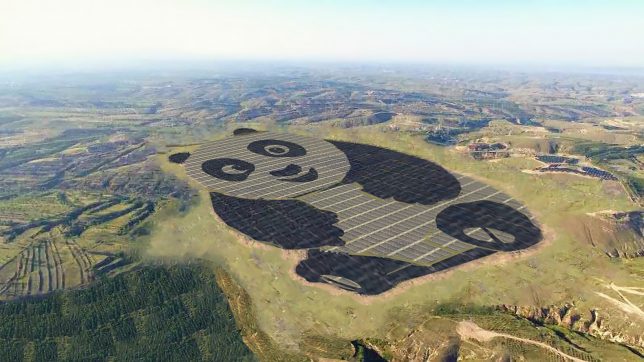 |
| Photo by Jeremy Bishop |
A few weeks ago, Zion National Park published its 2018 Commercial Use Authorization (CUA) for photography workshops, and found in its “Unauthorized Use” section on public use obstruction was a troubling note: The use of tripods on trails is prohibited by permittees or clients (monopods are authorized).
Restricting such a vital piece of gear would be fatal to most photography workshops operating in the park, and operators were quick to criticize the decision.
Speaking anonymously to DPReview, one photography workshop operator and permit holder explained how such a restriction would impact their workshop, saying, “I will be forced to cease all commercial workshops in Zion National Park … [by] enforcing this rule, they are essentially saying that they don’t want commercial photography workshops in their park.”
In light of the criticism, Zion National Park officials reassessed the tripod restriction and have since issued a clarification to workshop operators via an email sent Monday. In the email, officials said that “misleading information” had been spread earlier this month on social media about the matter, and that commercial photography workshops aren’t entirely banned from using tripods.
Rather, according to a copy of the email published by Fstoppers, commercial photography workshop participants are allowed to use tripods on road-side pullouts and in other designated park areas. Tripod usage is restricted on park trails, however, due to the size of these groups and the potential safety issues, trail congestion, and environmental effects they pose.
The email states, in part:
Large groups concentrated in one place can result in trampling of vegetation, soil erosion, widening of formal trails, and impact other visitors’ experience of the natural views and soundscapes along these trails.
In order to reduce roadway safety concerns for all photographers on the Canyon Junction Road Bridge, the use of tripods on the Pa’rus Trail will soon be added to the 2018 conditions of use for Commercial Photography Workshops. Otherwise, the conditions of use for commercial photography workshops are unchanged from 2017.
Per the 2018 Zion National Park CUA, photography workshops may have up to 12 participants, plus up to two instructors, allowing for up to 14 individuals total per group.
Articles: Digital Photography Review (dpreview.com)



























You must be logged in to post a comment.